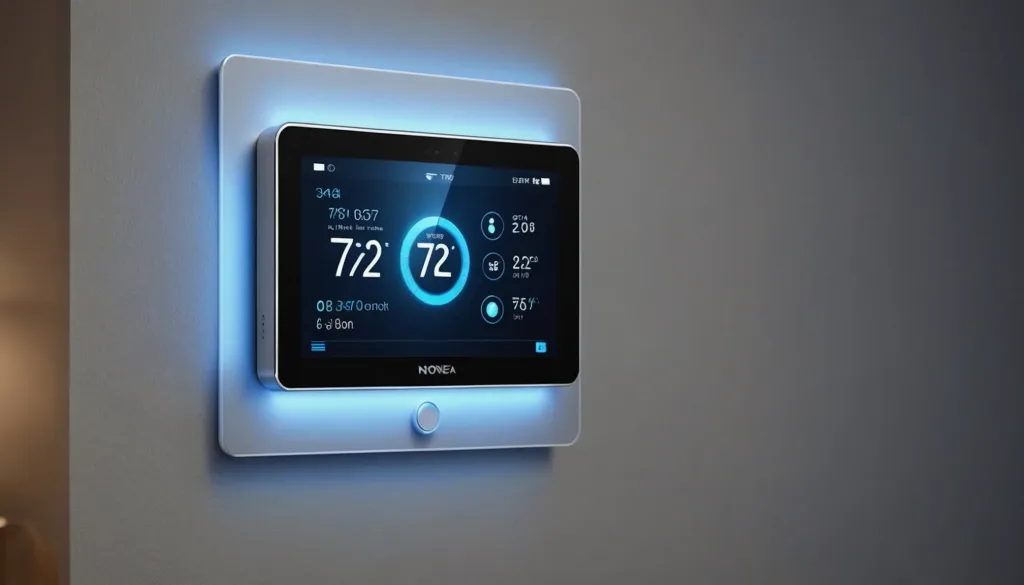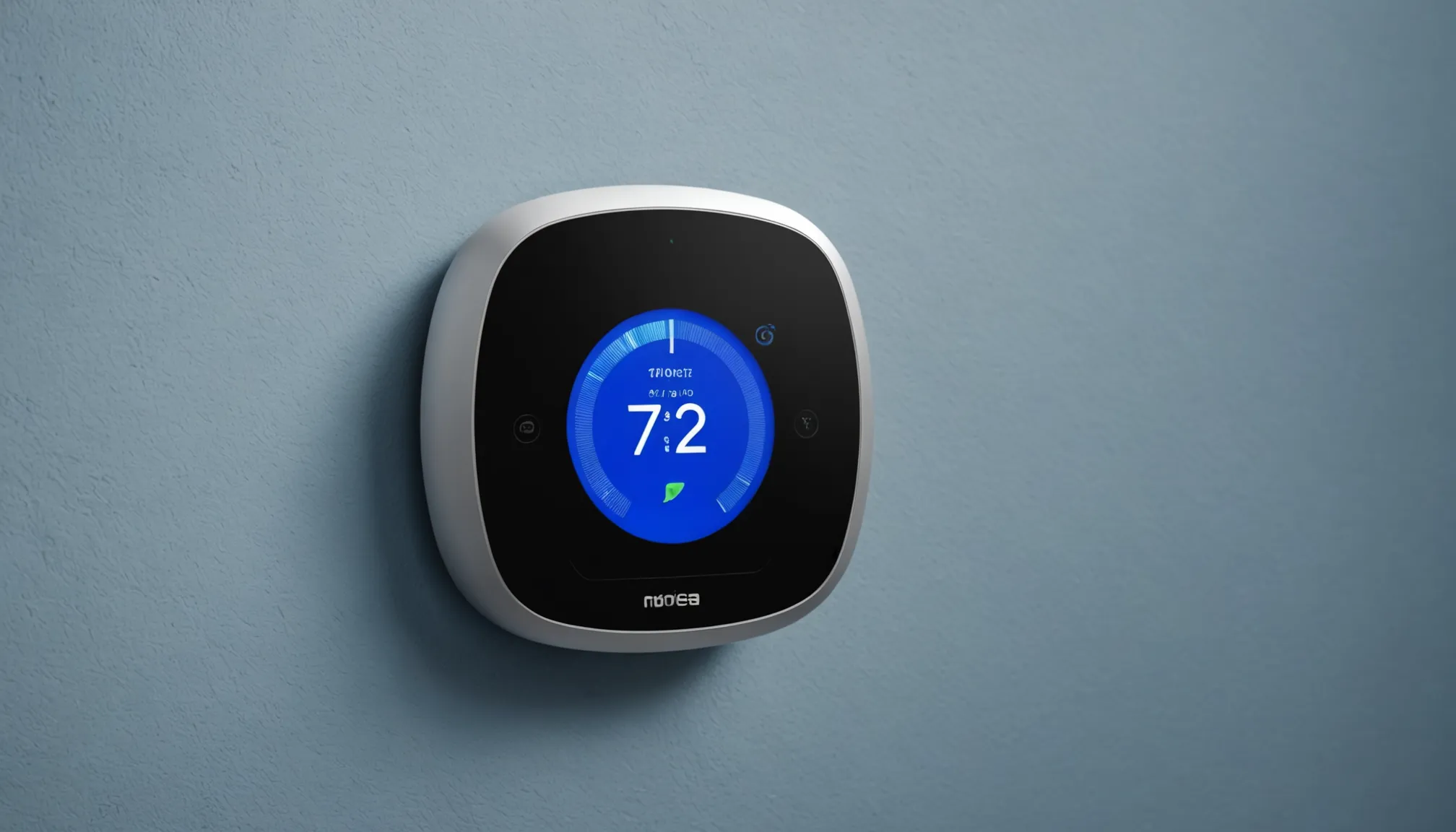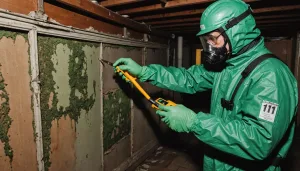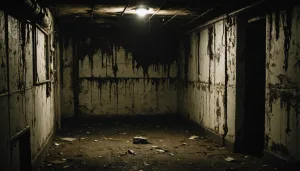Energy efficiency is a crucial aspect of home improvement that not only contributes to significant energy savings but also enhances your home value. To truly understand energy efficiency, it’s essential to consider how various components of your home work together to reduce energy consumption, optimize performance, and mitigate unnecessary expenditure. By making energy-efficient improvements, households can lower utility costs while also contributing positively to the environment, making these upgrades both economically and ecologically beneficial.
At its core, energy efficiency involves using less energy to perform the same task or achieve the same level of comfort in your home. For instance, when a home is properly insulated, less energy is required to heat or cool the interior. Similarly, energy-efficient appliances use advanced technologies to minimize electricity or gas consumption without compromising performance. The concept of energy efficiency extends beyond mere appliance use; it includes a holistic approach to home design and functionality.
One of the main reasons to focus on energy efficiency is the direct impact it has on lowering utility bills. According to studies, energy-efficient homes can save homeowners hundreds of dollars annually in energy costs. These financial savings directly contribute to improving the affordability of homeownership, making it an appealing prospect for current and prospective homeowners. Furthermore, as awareness grows regarding environmental issues and carbon footprints, homes with higher energy efficiency tend to witness an increase in market value, offering an enticing return on investment.
The availability of incentives and rebates further enhances the appeal of energy-efficient upgrades. Many local governments and utility companies offer programs that reduce the upfront costs associated with implementing these improvements. This lowers barriers and encourages homeowners to invest in solutions such as energy-efficient windows, advanced heating systems, and solar panels, all of which boost home value and ensure longer-term savings.
Understanding the types of energy savings opportunities available can also guide homeowners in making informed decisions. A comprehensive approach might involve improvements from basic weatherization to sophisticated smart home integrations. Recognizing which investments offer the best return is integral to this process. Here is a comparison of common energy-efficient upgrades and their potential benefits:
| Energy Efficiency Upgrade | Potential Energy Savings | Impact on Home Value |
| LED Lighting | Up to 90% less energy compared to incandescent bulbs | Moderate – A popular and accessible upgrade |
| Smart Thermostats | About 10-15% reduction in heating and cooling costs | High – Increasingly in-demand feature |
| Solar Panels | Potential to nearly eliminate electricity bills | Significant – Strong selling point in many markets |
| Insulation | Comfort and savings estimated at 15% on heating/cooling | Significant – Adds substantial resale value |
| Energy-Efficient Windows | Average of 12-33% savings on heating and cooling | High – Improves aesthetic and performance |
For homeowners keen on maximizing home value and energy savings, understanding the array of available options is key. Effective upgrades not only improve energy efficiency but also enhance the comfort and marketability of the home. By prioritizing these improvements, homeowners can benefit from reduced expenses, a higher resale value, and a smaller environmental footprint.
Insulation and weatherization
When considering ways to increase both energy savings and home value, insulation and weatherization should be at the forefront of your home improvement strategy. Proper insulation acts as a barrier to heat loss and gain, ensuring your home remains warm in the winter and cool in the summer without excessive energy usage. Here’s a step-by-step approach to enhance your home’s insulation and weatherization:
- Assess the Current Insulation: Begin by evaluating the existing insulation in your home. Check the attic, walls, floors, and basement to identify any gaps or areas lacking proper insulation. You may need a professional energy audit for a comprehensive evaluation.
- Select the Appropriate Insulation Material: Based on the assessment, choose insulation materials that best suit your needs and budget. Options include fiberglass batt, spray foam, cellulose, and rigid foam board. Each material has a different R-value, which measures resistance to heat flow, so select one that offers adequate thermal resistance for your climate.
- Insulate the Attic: The attic is one of the primary sources of heat loss. Improve attic insulation by adding layers to the existing one or replacing it if it’s outdated. Properly seal any gaps or openings to prevent air leaks and maximize energy savings.
- Focus on Wall Insulation: Depending on your home’s construction, walls may have little to no insulation. In such cases, blown-in cellulose or spray foam can be effective without having to remove existing walls. Proper wall insulation substantially increases comfort and energy efficiency.
- Air Sealing: Conduct thorough air sealing around windows, doors, and other potential leaks such as electrical outlets and plumbing vents. Use weatherstripping and caulk to seal drafts, improving both insulation and energy efficiency.
- Upgrade Windows and Doors: Replace single-pane windows with energy-efficient double or triple-pane alternatives. Ensure doors are solid and well-fitted. Installation of storm doors and windows adds another layer of protection against energy loss.
- Floor Insulation: For homes with basements or crawl spaces, insulating the floor above helps prevent energy loss. Use rigid foam boards or batts for effective basement or crawl space insulation, creating a more energy-efficient envelope.
- Regular Maintenance: Over time, regular checks and maintenance are necessary to address wear and tear in insulation and sealing materials. Ensure that these systems continue to function optimally for sustained energy savings and increased home value.
By following these steps, you not only enhance your home’s comfort and energy efficiency but also boost its value. Upgrades in insulation and weatherization represent a smart investment, allowing homeowners to enjoy reduced utility costs and a more appealing, marketable property. Emphasizing energy efficiency in home improvement decisions aligns with environmentally conscious practices, contributing positively to a sustainable future.
Efficient heating and cooling systems
Efficient heating and cooling systems are instrumental when it comes to achieving optimal energy savings and enhancing home value through intelligent home improvement strategies. These systems, when thoughtfully selected and installed, can significantly reduce energy consumption, leading to lower utility bills and an increased market appeal for the property.
At the heart of an efficient heating and cooling system lies the concept of HVAC systems—a critical component that regulates air quality and temperature in your home. The modern HVAC systems are designed to be exceptionally energy-efficient, utilizing advanced technology to provide consistent and comfortable indoor climates while using less energy. For homeowners, this translates directly into substantial energy savings and reduced operational costs.
Upgrading to an energy-efficient HVAC system involves a few key considerations. First, consider the SEER rating (Seasonal Energy Efficiency Ratio) for air conditioners and the AFUE rating (Annual Fuel Utilization Efficiency) for heating systems. Both ratings provide insight into the energy efficiency of the units—higher numbers are indicative of more efficient systems. By choosing units with a high SEER or AFUE rating, homeowners can ensure they are getting a system that not only reduces energy consumption but also maintains optimal performance.
Additionally, consider the latest technological advancements such as variable speed air handlers and zoned heating and cooling systems. Variable speed units adjust their motor speed to match the required air distribution, thereby minimizing energy usage while maintaining comfort levels. Zoned systems take efficiency a step further by allowing homeowners to control the temperature in different areas of the home independently. This targeted approach to heating and cooling reduces energy waste, permitting homeowners to enjoy energy savings without sacrificing comfort.
Beyond the installation of efficient systems, regular maintenance plays a crucial role in ensuring the longevity and performance of heating and cooling units. Scheduled professional check-ups can prevent minor issues from escalating into major, costly repairs, thus safeguarding the home’s value. Basic upkeep tasks such as replacing filters, cleaning ducts, and inspecting components prolongs the life of the systems and keeps them running efficiently.
Another crucial aspect of efficient heating and cooling is the integration of smart thermostats. These devices empower homeowners to regulate temperatures remotely, learn usage patterns, and reduce energy waste. By automatically adjusting settings when the home is unoccupied, smart thermostats maximize energy savings which, collectively, have a favorable impact on utility costs and home value.
Finally, consider the environmental benefits when upgrading heating and cooling systems. Energy-efficient systems can significantly reduce a home’s carbon footprint, aligning with the growing trend of eco-conscious home improvement. This not only reflects positively on the homeowner’s commitment to sustainability but also enhances the market appeal of their property—a certified energy-efficient home is a considerable boon in today’s real estate market.
Overall, investing in efficient heating and cooling systems represents more than just a potential boost to a home’s value. It signifies a commitment to sustainable living, a reduction in greenhouse gas emissions, and a strategic move towards long-term energy savings. Through informed choices and regular maintenance, these systems can transform your property into a model of efficiency and environmental stewardship.
Smart home technologies
Smart home technologies are at the forefront of modern home improvement, revolutionizing not only the way we interact with our living spaces but significantly enhancing energy savings and home value. As our lives become increasingly interconnected through technology, integrating smart systems into homes offers a seamless blend of convenience, efficiency, and sustainability, making it a strategic approach for homeowners looking to maximize their property’s appeal and efficiency.
One of the primary ways smart home technologies contribute to energy savings is through the use of smart thermostats. These intelligent devices learn your daily routines and preferences, allowing them to adjust the heating and cooling automatically to optimize energy use without compromising comfort. By only using energy when it’s needed—such as dialing down the heating when you leave the house—smart thermostats can lead to a reduction in energy costs by up to 15%. This technological upgrade not only shrinks utility bills but also appeals to prospective buyers who value energy-efficient living.
In addition to smart thermostats, smart lighting systems play a crucial role in reducing energy waste. These systems, often controllable via smartphone or voice command, enable homeowners to adjust lights remotely, dim them during the day, or program them to turn off when rooms are unoccupied. The combination of LED bulbs with smart controls can result in significant energy savings, which adds to the home’s overall value by showcasing cutting-edge energy efficiency measures.
Security is another aspect where smart technologies shine. Smart home security systems, including cameras and automated door locks, offer the peace of mind that enhances property value. These systems often integrate with other smart devices, creating a cohesive home environment that is not only energy-efficient but also secure and responsive to homeowners’ needs.
Voice-controlled assistants and smart hubs further enhance energy savings by enabling seamless orchestration of all connected devices. By orchestrating tasks such as turning off the thermostat or lights via simple voice commands or automated scheduling, homeowners reduce unnecessary energy consumption, reinforcing both the economic and environmental benefits of smart technology integration.
Moreover, water conservation is an often-overlooked aspect of home efficiency, where smart technologies can indeed make a difference. Smart irrigation systems optimize garden watering schedules based on weather forecasts and soil moisture levels, ensuring that water is not wasted, which aligns well with sustainable home improvement practices.
In the real estate market, homes equipped with smart technologies are increasingly sought after. The convenience factor, alongside documented energy savings, makes such properties attractive to environmentally-conscious buyers. As technology continues to evolve, the inclusion of these smart systems not only reflects a forward-thinking approach but also guarantees a competitive edge in boosting the home’s market value.
Incorporating smart home technologies is more than just a trend; it’s a strategic investment that brings tangible benefits to energy savings and home value. By embracing technology, homeowners position themselves at the forefront of innovative living, demonstrating a commitment to sustainability and efficiency that resonates profoundly in today’s tech-driven world.
Renewable energy options
Embracing renewable energy options is a transformative step in maximizing energy savings and boosting your home’s value. By tapping into natural resources such as sunlight and wind, homeowners can significantly reduce their dependency on conventional energy sources, which not only slashes utility bills but also enhances property appeal. Solar panels, one of the most popular renewable energy installations, are increasingly ubiquitous in residential areas. These panels convert sunlight into electricity, potentially covering most if not all of a home’s energy needs. Installation may require a significant initial investment, but the long-term returns through energy savings and increased property rates make it a smart home improvement.
Wind turbines also present a viable option where geographic and installation conditions allow. Although less common in residential settings, small wind systems can effectively supply power to property owners who have both the space and wind resources. Coupled with net metering programs, where excess power generated is fed back into the grid, homeowners can earn utility credits, further enhancing the economic appeal of renewable installations.
An often overlooked yet impactful solution is incorporating geothermal heat pumps. These systems leverage the earth’s stable underground temperature to regulate home heating and cooling efficiently. By utilizing geothermal power, households can achieve significant reductions in energy consumption, yielding impressive savings over time.
Incorporating battery storage solutions amplifies the benefits of renewable systems. By storing excess energy produced during peak sunlight or wind conditions, homeowners maintain a reliable power supply, even when natural resources aren’t actively generating power. This not only optimizes energy usage but also enhances resiliency against grid outages, elevating the home’s market worth.
Additionally, many local and federal incentives, including tax credits and rebates, are available to offset the upfront costs of renewable energy installations. These financial incentives make the pursuit of renewable solutions even more attractive by reducing the payback period and maximizing the return on investment.
In summary, investing in renewable energy options is an effective and strategic home improvement initiative. It not only delivers substantial energy savings but also significantly enhances home value, appealing to eco-conscious buyers and investors. Coupled with the undeniable environmental benefits, adopting renewable energy positions homeowners toward a sustainable future, where energy independence and financial benefit harmoniously align.






